Hinesville, Georgia’s Coastal Solar (No. 316) may be headquartered near the Atlantic Ocean, but as you drive into the counties to the west and south, the geography becomes a diverse agricultural market of livestock, poultry and root crop farming.
While the number of farmers in some industries has dwindled, the huge global demand for chicken has kept the poultry farming industry on the incline.
Poultry farming seems like a good gig, according to Mike Croft, director of operations at Coastal Solar. He explained that while cattle and root crop farmers may need several hundred acres of land, a poultry farm only requires a few. Large integrators like Tyson and Butterball provide the chickens and food, and farmers build housing and “babysit” the animals for six to eight weeks. The integrator then picks up the birds and leaves the farmer with a healthy check.
The farmer’s main expenses are gas and electricity used to keep chickens warm. Coastal Solar saw how the farmer’s net profit was directly affected by those two variables and cleverly found its solar niche.
Poultry houses are typically 400 to 600 ft long and 40 to 80 ft wide, with most built east to west. “Ample space on a south facing roof—where do you get that opportunity in solar?” said Croft. “It’s perfect.”
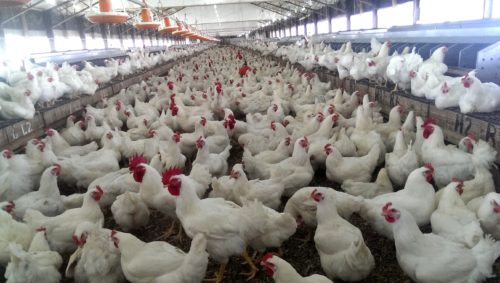
Poultry houses have a small footprint so only require about a 10-kW installation. Even if a poultry house happens to be facing north to south, the farmer usually has enough space for a ground-mount array in an adjacent field.
With demand for poultry booming, farmers are building more poultry houses, so Coastal Solar has many opportunities for business. Although Georgia doesn’t support net metering, most farmers can still recapture most of their original solar investment within the first year. This is because farmers are able to front-load something else with the standard ITC credit: depreciation.
Section 179 of the IRS tax code allows businesses, including farmers, to deduct the full purchase price of qualifying equipment purchased or financed during the tax year. Because the value of a solar system declines over time, the government treats it as a depreciation.
Farmers are looking for a way to mitigate their tax liability and reinvest in their businesses. So tax credits and depreciation have been a good angle for Coastal Solar to talk up in more conservative farming communities where solar can be a tough sell.
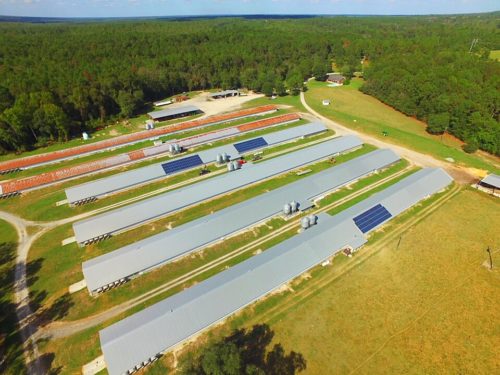
“It’s allowed us to introduce this emerging technology on the coattails of something, in their eyes, more beneficial than saving the planet,” Croft said.
Providing solar to poultry farmers has been a win-win for Coastal Solar and its clients.
“They’ve got a problem for which solar provides a solution,” Croft said. “The easiest thing they’ve ever had to farm is sunlight. People are tickled pink at what their systems are doing. And we’ve been able to cover a lot of ground in a short amount of time.”

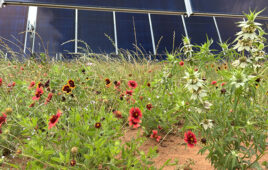
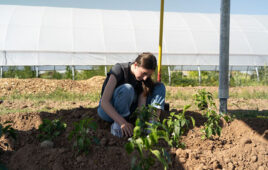
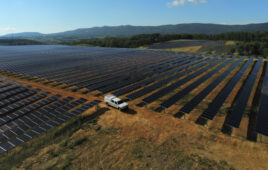
Tell Us What You Think!